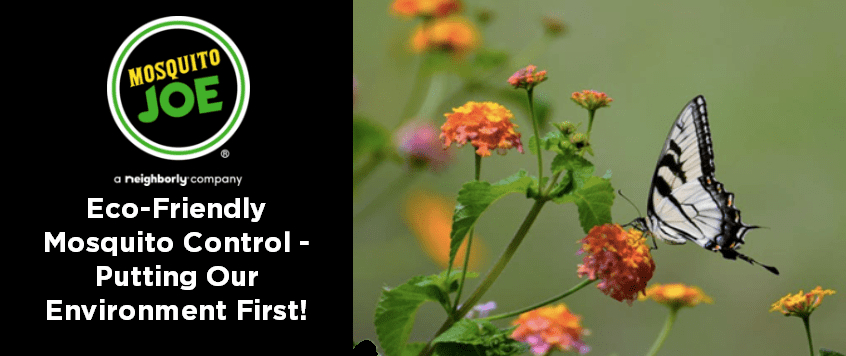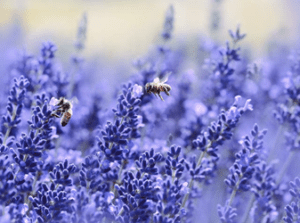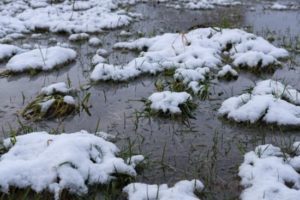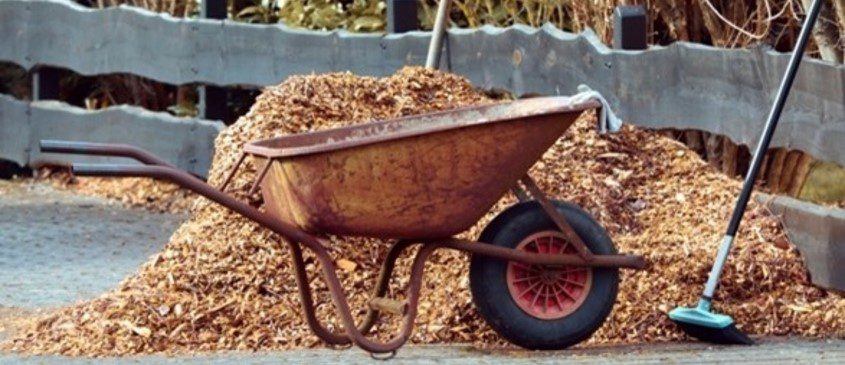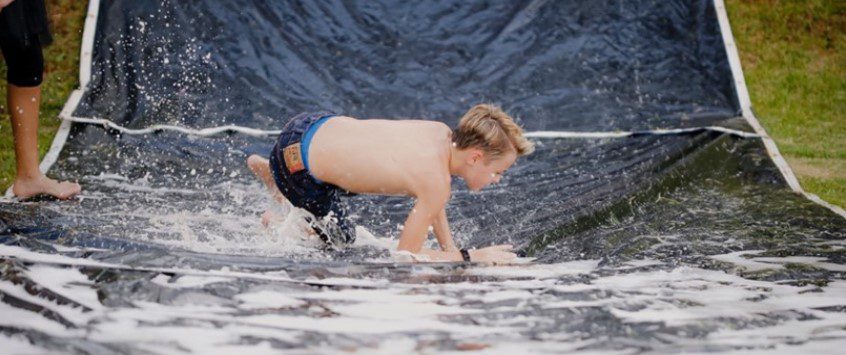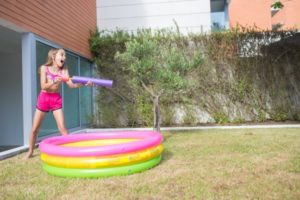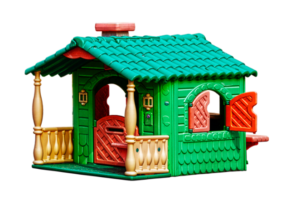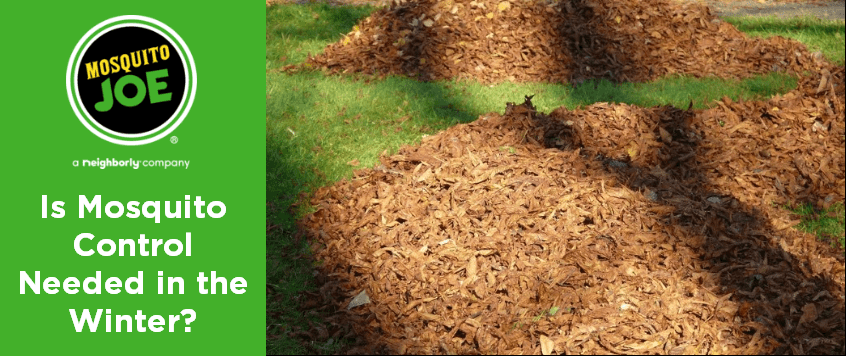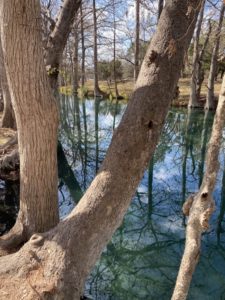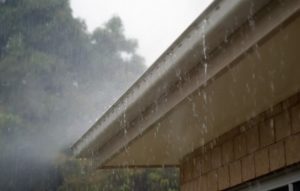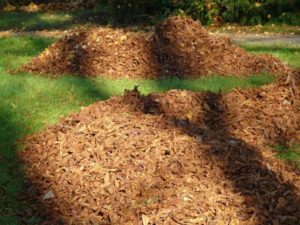Eco-Friendly Mosquito Control – Putting Our Environment First!
We often receive phone calls from people who are searching for mosquito service but have serious concerns about environmental health and safety. Many believe that the pesticides used can be harmful to beneficial insects and our environment. This can be true if used irresponsibly. Here at Mosquito Joe of of S Brazos Valley we want to assure our customers that this is not how we treat them – we work hard to put our environment first and proudly claim the title of a member of the Pesticide Environmental Stewardship Program (PESP)!
What is PESP? The Pesticide Environmental Stewardship Program (PESP) is a partnership with the EPA (Environmental Protection Agency) to promote and emphasize environmentally conscious pest control services. This includes an emphasis on ‘Integrated Pest Management,’ or IPM, which involves knowledge of pests and their environment, coupled with choosing the lowest risk products or methods to provide a treatment solution! Mosquito Joe’s participation in the PESP focuses on implementing this new, structured IPM program to explore low-risk and environmentally conscious processes and products in our field operations.
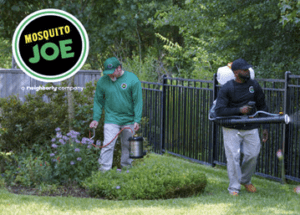
For local residents that have shied away from mosquito services out of concern for the environment, we hear and share those concerns! Mosquito Joe goes the extra mile to ensure that we do everything we can to provide you with the most environmentally conscious pest control service on the market. While we always utilize the IPM program and its measures during all of our services, customers interested in natural pest management options can opt for our ‘Botanical’ and ‘all-natural’ services. Our Botanical service uses a natural compound of essential oils and soap to kill the mosquitoes in your yard, while our all-natural uses strictly concentrated garlic to repel (but not kill) them. No matter which service you choose, our technicians will always treat your flowering plants only with our organic product in an effort to reduce our impact on bees, butterflies, and other pollinators.
For environmentally-conscious residents looking to balance good health with environmental protection, Mosquito Joe is the way to go! Pest control has developed a bad reputation over the years for using harsh chemicals and negatively impacting the environment. While we can’t speak for our competitors, environmental responsibility is at the forefront of our minds, developing an individual plan for each yard to maximize results while minimizing impact. As the only backyard mosquito control company that has acquired Silver Tiered accreditation of the Pesticide Environmental Stewardship Program, you can rest knowing we go above and beyond to provide the most effective, environmentally responsible service available. For more information on these services, you can check out our FAQs below, or give us a call at 979-859-5998!
 Outside is fun again.
Outside is fun again.
